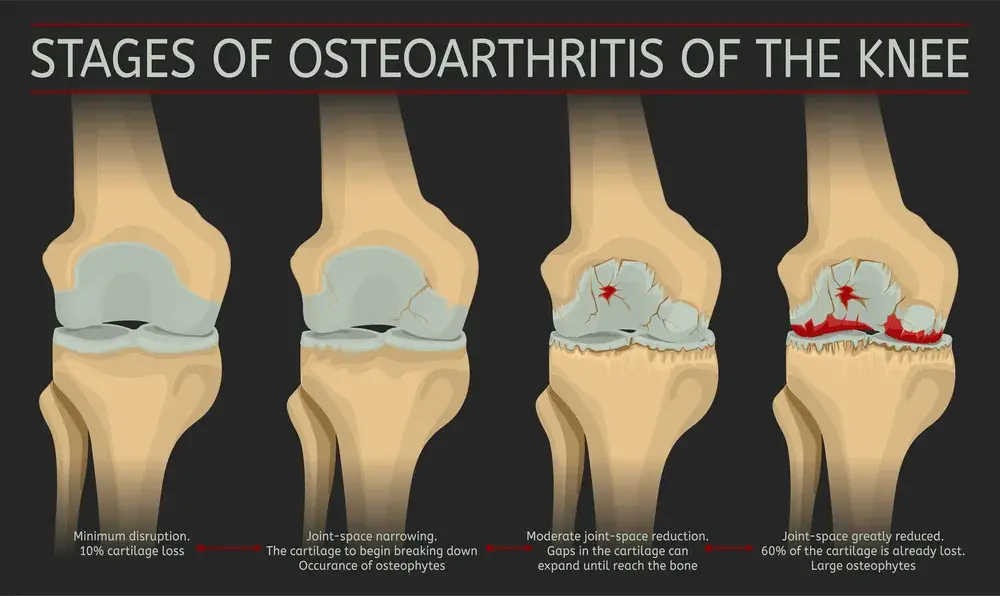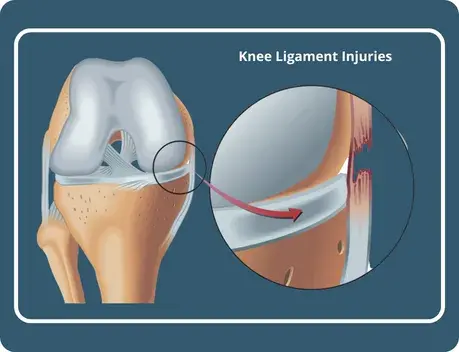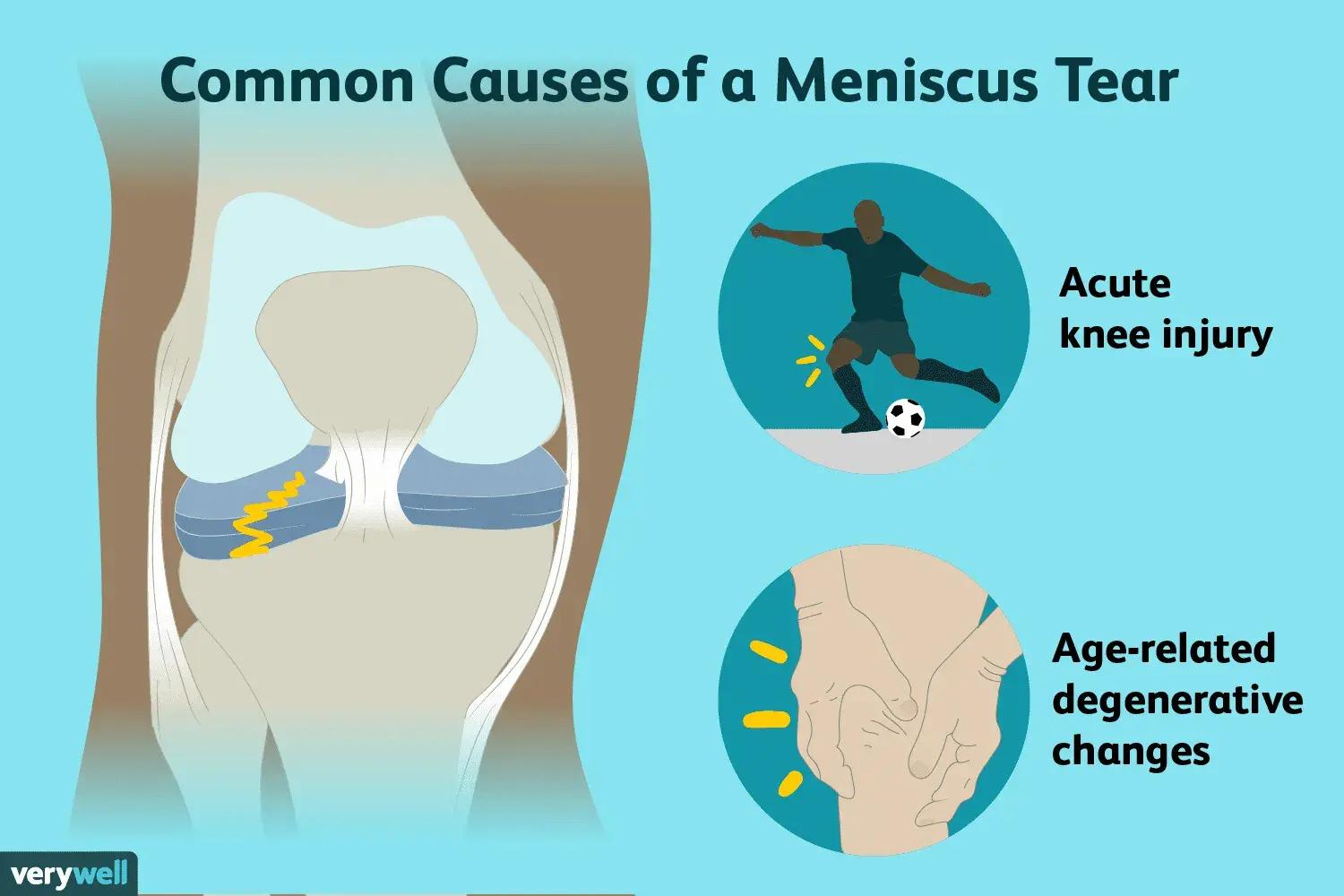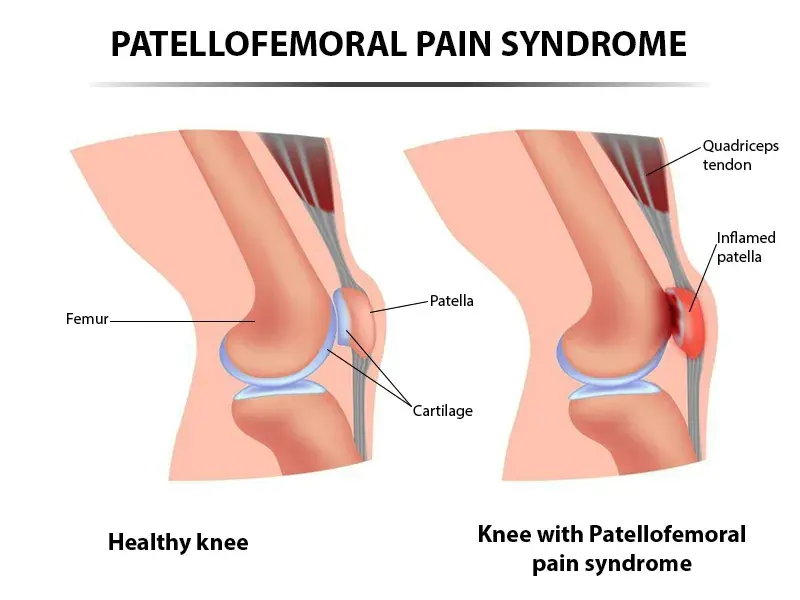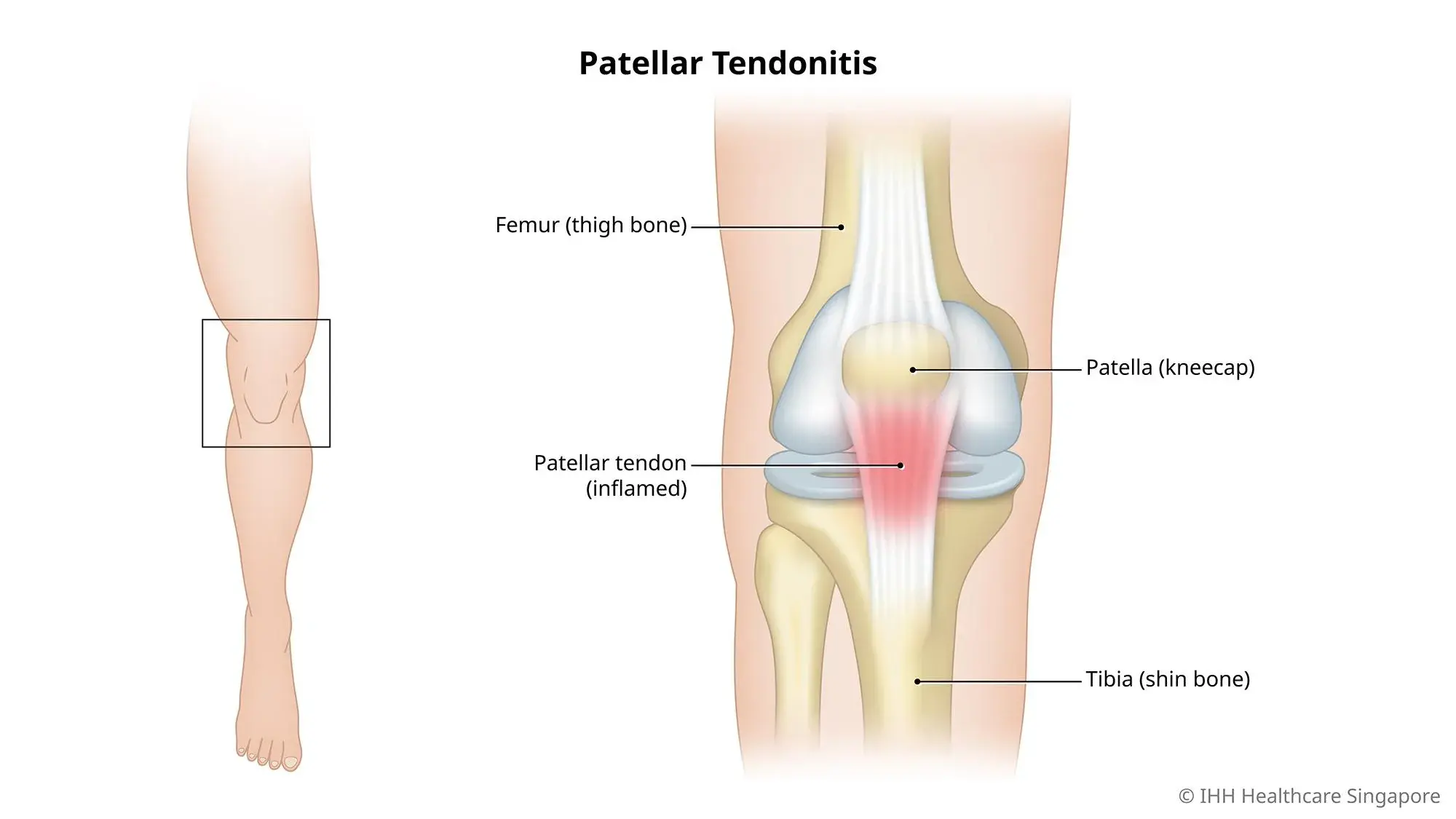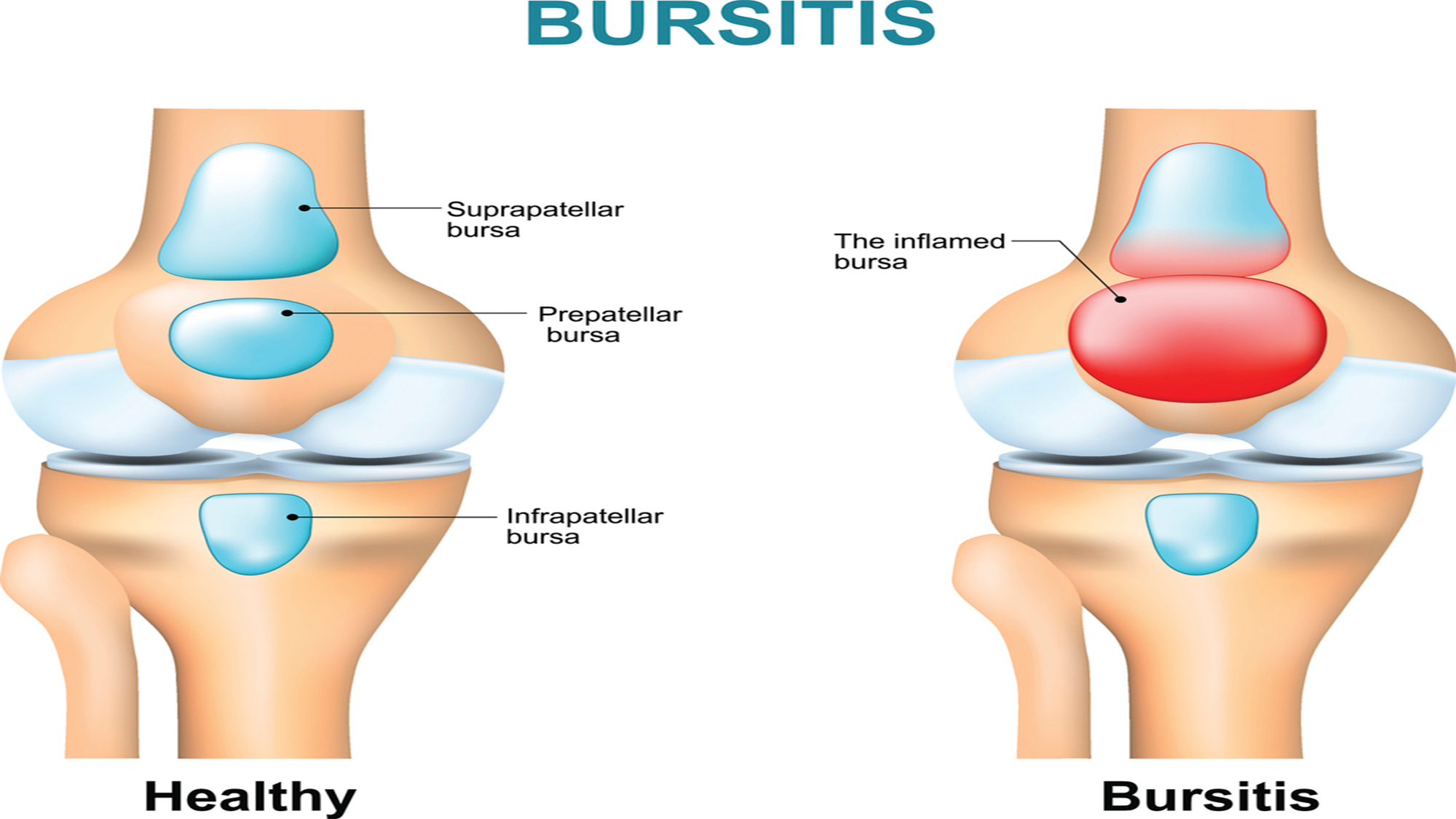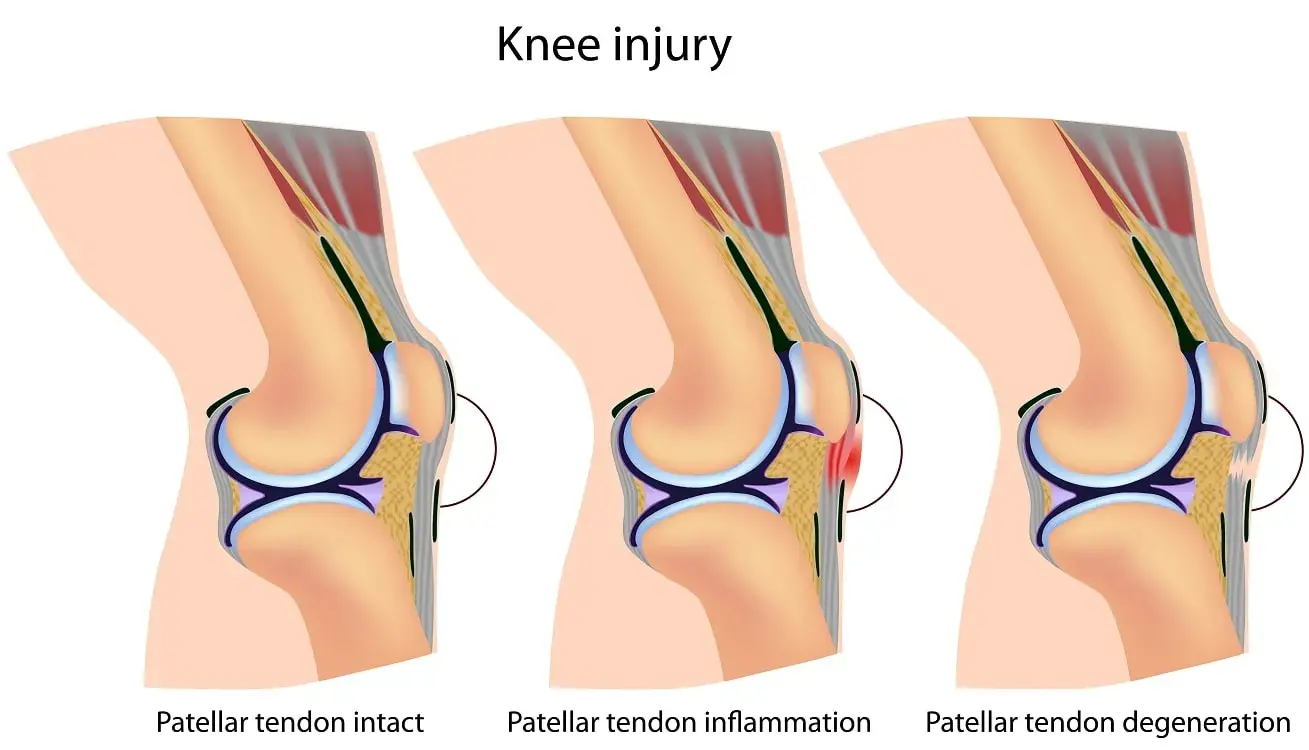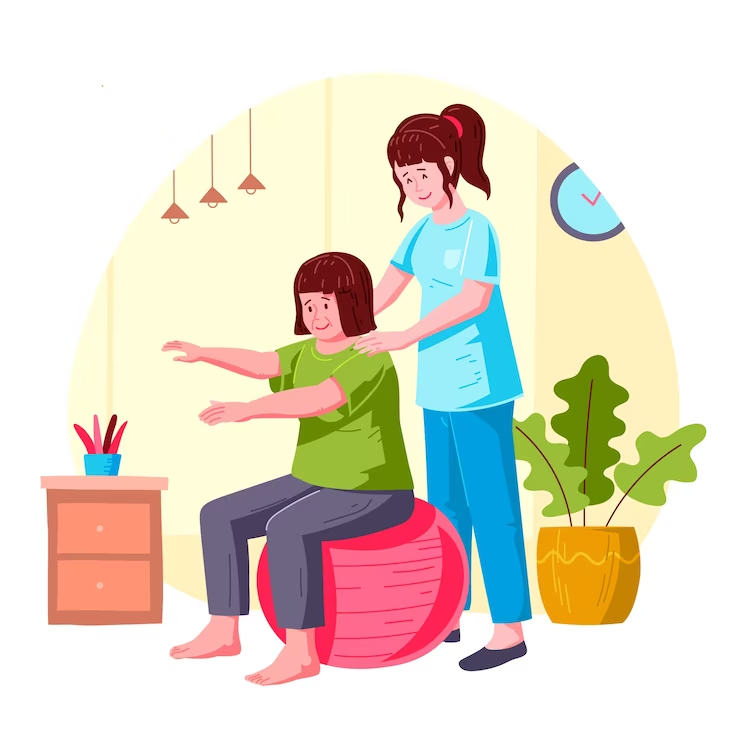
Knee pain is a common condition that can significantly impact mobility and quality of life. Understanding the causes, symptoms, and treatment options is crucial for effectively managing knee pain. can arise from various causes such as injuries, arthritis, overuse, or underlying medical conditions. Symptoms may include swelling, stiffness, and limited range of motion. Treatment options range from rest, physical therapy, medications, to surgical interventions, tailored to individual needs for pain relief and improved function.Injuries like ligament tears, meniscus damage, or fractures can lead to knee pain. Conditions like osteoarthritis,
rheumatoid arthritis, or gout can also contribute. Overuse from repetitive activities or excessive weight can strain the knee joint. Additional treatment approaches include bracing, corticosteroid injections, viscosupplementation, and alternative therapies like acupuncture or chiropractic care. Regular exercise, weight management, and proper footwear are essential for prevention and long-term management of knee pain.It's crucial to consult a healthcare professional for accurate diagnosis and guidance.
